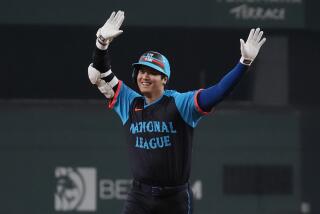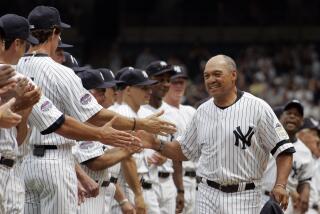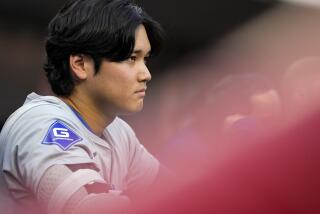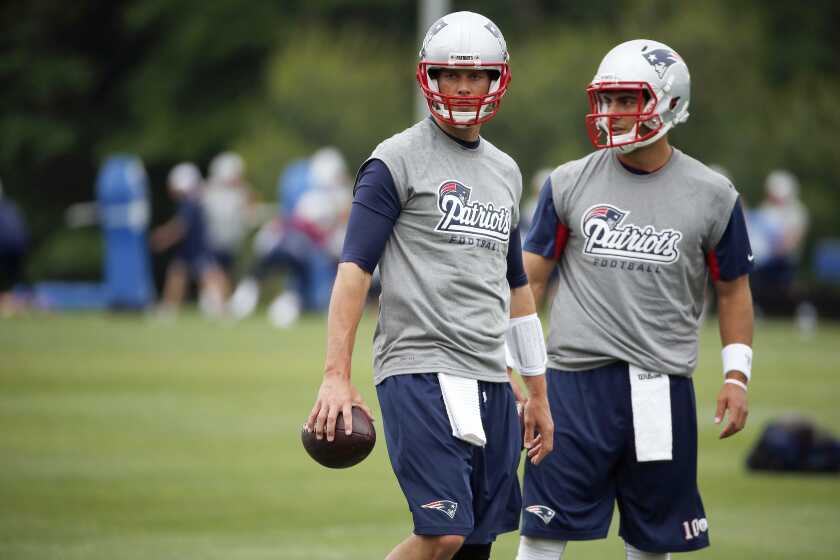MLB to give Negro Leagues ‘long overdue recognition’ as a major league

Major League Baseball announces it will recognize the Negro Leagues as a major league, with their records and statistics becoming part of MLB history.
One hundred years later, the Negro Leagues are finally, officially, a major league too.
Major League Baseball commissioner Rob Manfred announced Wednesday that seven of the historic all-Black professional baseball leagues, which operated between 1920 and 1948, will be elevated to major league status, giving what MLB described as “long overdue recognition” to approximately 3,400 players who will now be added to its official statistics and record books.
“All of us who love baseball have long known that the Negro Leagues produced many of our game’s best players, innovations and triumphs against a backdrop of injustice,” Manfred said in a statement. “We are now grateful to count the players of the Negro Leagues where they belong: as Major Leaguers within the official historical record.”
Founded during an era of segregation in baseball and society, the Negro Leagues became a popular alternative to MLB during their existence, headlined by stars such as Josh Gibson, Oscar Charleston, Turkey Stearnes and Satchel Paige, before later giving future MLB legends such as Jackie Robinson, Willie Mays and Hank Aaron their starts in professional baseball.
In recent decades, historians and researchers assembled a database of statistics from the Negro League era by combing through old box scores in newspapers and archives, and also by developing formulas and calculations to fill in any holes from the often under-documented games.
They also separated official Negro League games from the dozens of exhibition contests and barnstorming tours Negro League teams would play annually, often against semipro opponents or white minor league clubs.
“It’s going to rewrite baseball history, pre-1950. The record books are going to be changing.”
— Researcher Scott Simkus
For the first time, they provided an accurate statistical history of the Negro Leagues on par with the quality of historical MLB records.
“It’s going to rewrite baseball history, pre-1950,” said Scott Simkus, one of the researchers who helped build the prominent statistical databasecalled Seamheads. “The record books are going to be changing.”
The seven leagues being elevated to major league status are the Negro National League (I) (1920-31), the Eastern Colored League (1923-28), the American Negro League (1929), the East-West League (1932), the Negro Southern League (1932), the Negro National League (II) (1933-48) and the Negro American League (1937-48).
As a result, the lists of MLB’s all-time leaders in statistics such as batting average and on-base percentage probably will see a shakeup with the addition of the Negro League players. While Negro League players didn’t compile big “counting stat” totals (such as home runs, hits and RBIs) because of seasons that were often half the length of MLB clubs’, the leaderboards in various statistical averages could be significantly altered.
For example, according to Seamheads, there were enough Negro League players with high enough batting averages and plate appearances to push Babe Ruth and Ted Williams out of the top 10.
Major League Baseball may decide to recognize the statistics of players from the Negro Leagues, which could knock some iconic white players down the lists.
In a statement, MLB said a review process is underway with its official statistician, the Elias Sports Bureau, to determine the full scope of the designation’s effect on records and statistics. Historians and other experts will be consulted as part of that process.
“It is going to introduce some names that people really hadn’t heard of,” Bob Kendrick, president of the Negro Leagues Baseball Museum in Kansas City, Mo., said earlier this year.
“For those who are enamored with stats, yeah, you need the stats. But If you have any common sense, you know that these guys in the Negro Leagues could play. What the stats will do is to some degree satisfy some.”
In addition to the National and American leagues, four other historic professional leagues — many of which operated in the 19th century — were granted Major League status by MLB’s Special Baseball Records Committee in 1969. At that time, however, the Negro Leagues didn’t receive consideration.
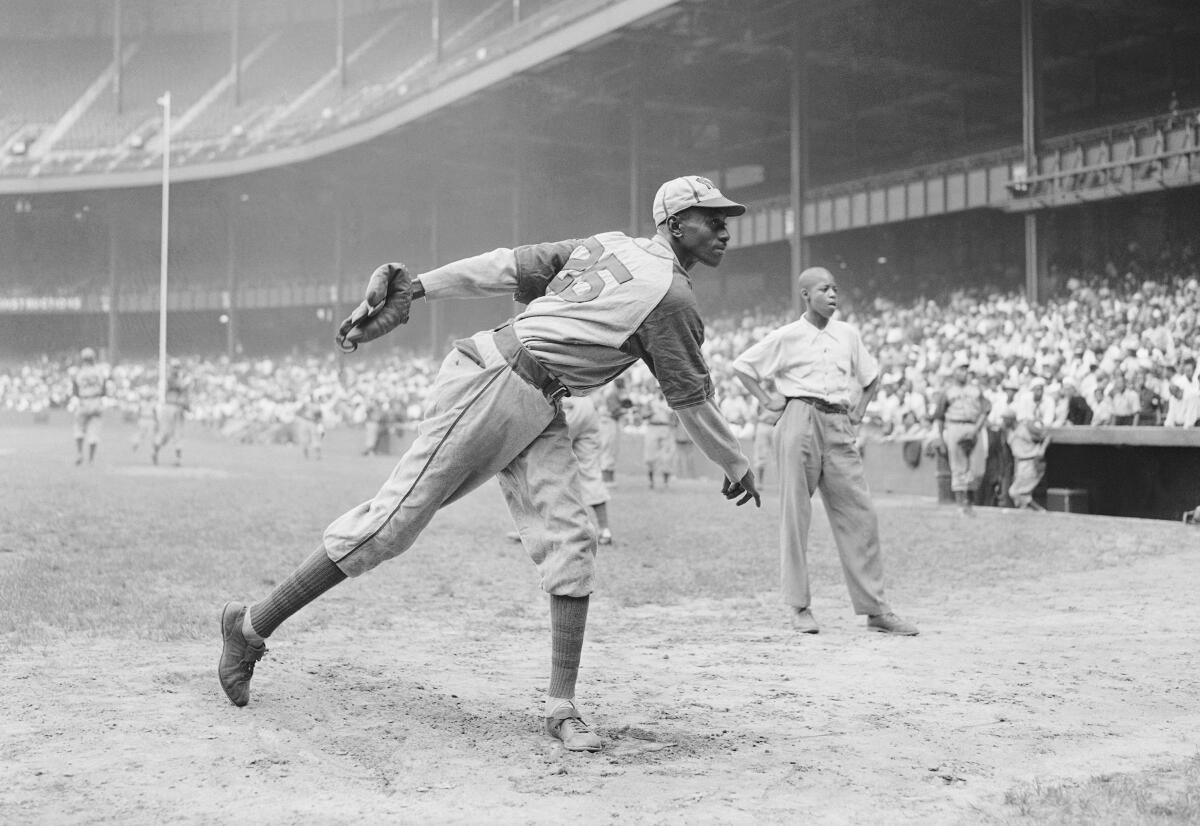
“It is MLB’s view that the Committee’s 1969 omission of the Negro Leagues from consideration was clearly an error that demands today’s designation,” the league said in a statement Wednesday, noting that the data and context now available on the Negro Leagues exceed the criteria used in that committee’s decision.
“The perceived deficiencies of the Negro Leagues’ structure and scheduling were born of MLB’s exclusionary practices, and denying them Major League status has been a double penalty, much like that exacted of Hall of Fame candidates prior to Satchel Paige’s induction in 1971,” said John Thorn, the official historian of MLB. “Granting MLB status to the Negro Leagues a century after their founding is profoundly gratifying.”
Staff writer Kevin Baxter contributed to this report.
More to Read
Go beyond the scoreboard
Get the latest on L.A.'s teams in the daily Sports Report newsletter.
You may occasionally receive promotional content from the Los Angeles Times.

